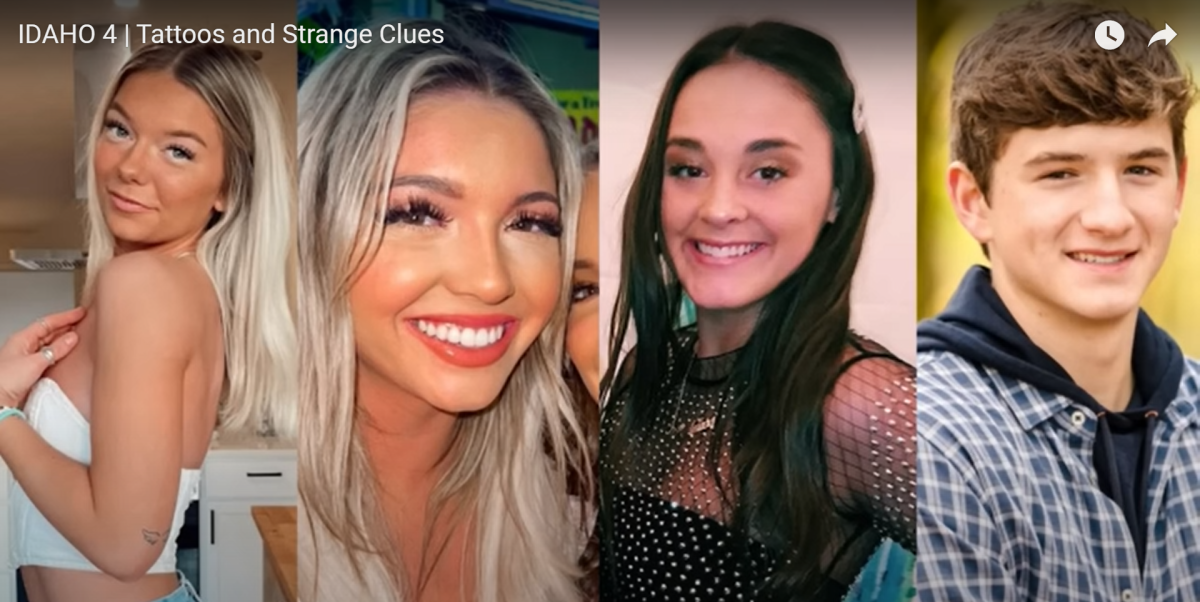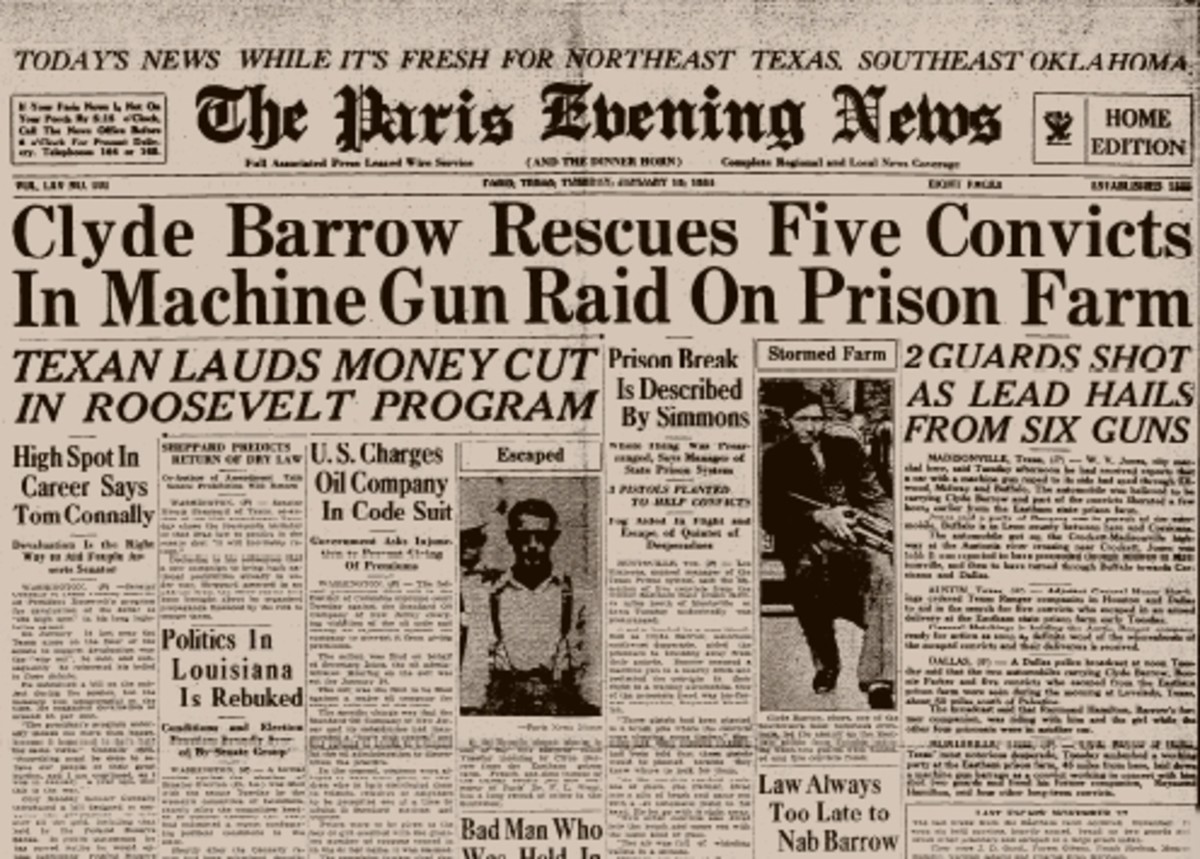The Kitty Genovese Murder - Is the Legend True?
The story of the murder of 28 year-old Kitty Genovese on March 13, 1964 is less a story about a murder than about the reactions of 38 so-called witnesses, and the legend that grew about them.
Kitty Genovese was returning to her apartment above a row of shops in the Kew Gardens section of Queens, New York from her job as a bar manager. It was about 3:15 am. She parked her car in the Long Island Railroad parking lot about 100 feet from the entrance to her apartment in an alley near the rear of the building. Almost immediately she was attacked by a 29 year-old man, subsequently identified as Winston Mosely. She ran toward Austin Street, a commercial area when Mosely stabbed her twice. The site of this attack was on Austin Street, in full view of an apartment building. Mosely retreated to his car, but returned a few minutes later. He attacked her again in a hallway, now totally out of view from anyone who may have seen the initial attack. He stabbed her several more times, raped her and stole $49 from her pocketbook. That is essentially how the murder happened. Kitty Genovese was dead, and a legend was born.
The Legend
Two weeks after the Genovese murder two men had lunch, A.M. Rosenthal the metro editor for The New York Times and Michael Joseph Murphy, the New York City Police Commissioner. Mosely, the perpetrator was already under arrest and had confessed to the crime as well as to another murder, even though a suspect in the second murder was already under arrest. Rosenthal was asking Murphy about the second murder and the double confession, even though there was an arrested suspect. This sounded like a story. Murphy, however, changed the subject and focused on the Genovese murder. He told Rosenthal that no fewer than 38 people had witnessed the Genovese murder and none called the police (if only we had gotten there sooner). Although Rosenthal would later write that he believed Murphy to be exaggerating. Nevertheless, Rosenthal dispatched Martin Gansberg, a copy editor who recently had been promoted to reporter. Four days later there appeared on the front page of The New York Times a report that would become history.
· The report - "For more than half an hour 38 respectable, law abiding citizens in Queens watched a killer stalk and stab a woman in three separate attacks in Kew Gardens." (Kim Rasenberger "Kitty, 40 Years later" New York Times February 8, 2004).
Thus, the Kitty Genovese murder became an iconic metaphor for apathetic and non altruistic Americans who just couldn't be bothered.
The case is often discussed under the heading The Bystander Effect, also known as the Genovese Syndrome. The effect refers to the reluctance of some people to help when there are others present.
But Was the Story Wrong? A Look at Some Perverse Incentives
Steven D. Levitt, a University of Chicago Economics Professor and Stephen J. Dubner a former writer and editor for The New York Times, wrote Super Freakonomics, a follow up to their bestselling book Freakonomics. Ignore the stupidest title ever put on a book. Their work is important and ground breaking. Both books are about microeconomics and how incentives operate on people. In Superfreakonomics, they address the Kitty Genovese case. Combining the disciplines of microeconomics and solid journalism, Levitt and Dubner take a jaundiced look at the possible incentives for people to bend the facts.

· The New York Times. Did editor Rosenthal and reporter Gansberg have an incentive to go with this story as they did? The Kitty Genovese murder could have been seen as just another murder in the far off precincts of the borough of Queens in an era of high crime. Hardly the stuff of the "Journal of Record," and certainly not deserving of front page treatment. But 38 apathetic people who couldn't even rouse themselves to call the cops to prevent the murder of an innocent young woman, and who choose instead to go back to bed? Now that's a story! Rosenthall would go on to write a book entitled Thirty-Eight Witnesses which became a blockbusting best seller. Did they have an incentive to go with a story about civic apathy rather than just a murder?

· The New York City Police Department. If only somebody had called us sooner, we could have saved the life of that poor young woman. It wasn't your hard working police department, it was The Silent 38. Levitt and Dubner don't accuse Commissioner Murphy of lying, but they do raise questions about his incentive to view facts in a certain way.
Subsequent Discoveries
During their research Levitt and Dubner met a guy named Joseph De May, Jr. a 69 year-old maritime lawyer who had moved to Kew Gardens in 1974 about 10 years after the Genovese murder. De May, a member of the local historical society, begun to put together a history of Kew Gardens for a website. His lawyerly efforts started to uncover some discrepancies in the Genovese story. He found six factual errors in paragraph one of the Times article. When the first attack occurred at 3:20 am, most people nearby were, naturally, asleep. It occurred on a darkened sidewalk. As Levitt and Dubner point out, it was common at that time for reporters to get most of their facts from investigating police officers. This led to the almost certainly exaggerated number of 38 witnesses. Even the prosecutor of Mosely was able to find only six reliable witnesses. Also, as the police would later admit, there were only two attacks, not three.
Mosely, age 78 as of this writing has been denied parole several times, from his life sentence. He will again be eligible for parole in November 2013
One witness, age 15, testified that he yelled out the window, although he couldn't see anything clearly. He also testified that his father called the police. He and his father saw a woman who seemed to be walking shakily. They assumed the police would come shortly and they went back to bed. This was before 911 technology. You had to look up the police phone number and place your report. The 15 year-old, Mike Hoffman, said that he assumed the call was low priority, because they saw her walking, although hesitantly. Mr. Hoffman is now a retired NYC police officer, ending his career with the rank of lieutenant. And there may have been other calls. Mr. De May heard from other residents who told him that they had placed calls after the first attack. We will never know for sure. Even De May said that there were a number of "ear witnesses" who could have acted more decisively.
So that is the legend of Kitty Genovese. A young woman was brutally attacked on a darkened sidewalk in the early morning and was attacked a second time in a hallway away from anyone's view. Possibly influenced by psychological and economic incentives, the press and the police establishment created an iconic tale about civic apathy and non-caring human beings. We will never know all the facts. What we do know is that there were some elaborate exaggerations of the story.
I grew up in Queens, New York in the 1960s. I was an 18 year-old high school senior at the time of the murder. Like everyone, I was shocked and mesmerized by the horrible tale. I lived about six miles from Kew Gardens, and I recall my neighborhood as a place where people would run to the scene of an accident, not away from it, a place where neighbors looked out for each other and for their kids. I was skeptical that people so close to me could be so uncaring. After reading Levitt and Dubner's book, I realize that my skepticism was well placed.
Copyright © 2013 by Russell F. Moran




